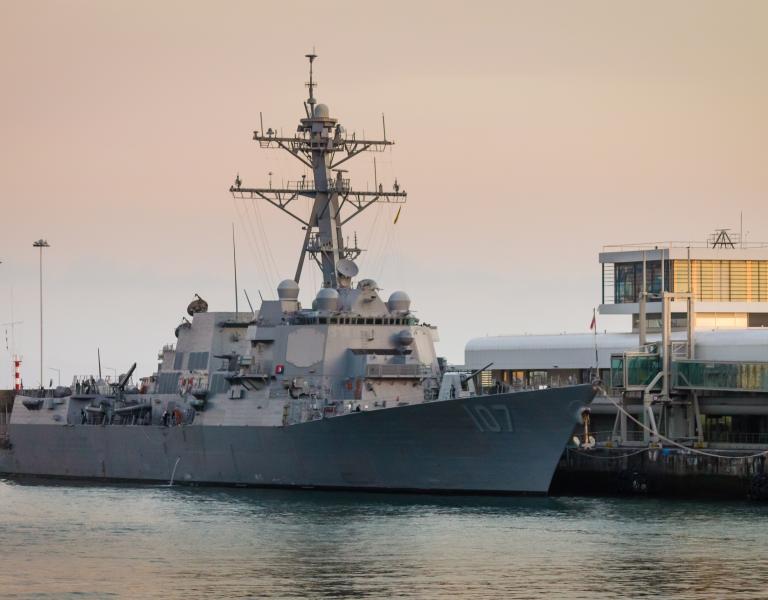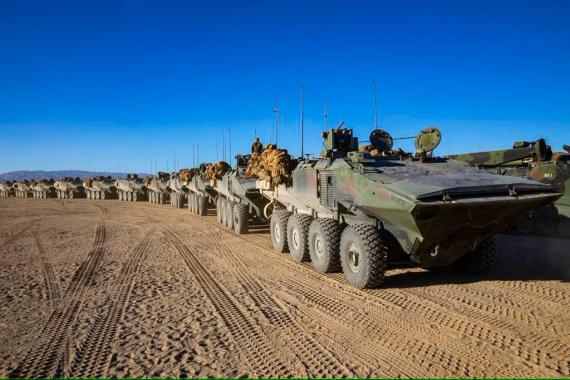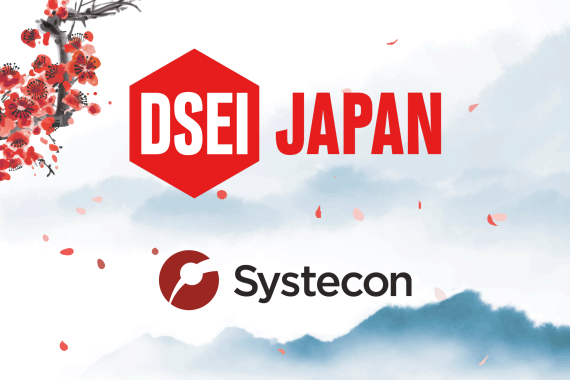
Optimizing Availability, Maintainability, and Cost for AMDR Using Opus Suite
Customer Success from the Front Lines
Challenge
The Air and Missile Defense Radar (AMDR) acquisition program faced a significant challenge during its Engineering and Manufacturing Development (EMD) phase: ensuring the radar would meet an exceptionally high Operational Availability (Ao) Key Performance Parameter (KPP) of 98.8%. This requirement exceeded standard Ao targets and needed to be achieved within a defined Operations and Support (O&S) cost Key System Attribute (KSA).
As an Acquisition Category I program, AMDR required rigorous milestone decision reviews, demanding comprehensive data-driven justifications for cost, performance, and sustainment strategies. Program sponsors needed to ensure every decision aligned with long-term readiness objectives while maintaining cost efficiency. The challenge extended beyond meeting performance metrics—decision-makers needed a solution that provided traceability and transparency in evaluating trade-offs between availability, maintainability, and cost.
Traditional sustainment approaches lacked the ability to ensure high availability and maintainability while optimizing costs. The AMDR Product Support and Sustaining Engineering Team had to develop an innovative solution that directly linked predictive maintenance for defense systems to sustainment costs. Additionally, without advanced Modeling & Simulation (M&S) capabilities, predicting the long-term impact of sustainment choices was limited, increasing risks of budget overruns and reduced availability.
Action Taken
To overcome this challenge, the AMDR team implemented an advanced sustainment strategy using Modeling and Simulation (M&S) techniques with Opus Suite as the central analytical tool. This approach enabled a comprehensive, data-driven assessment of lifecycle costs, system availability, and long-term maintainability while providing decision-makers with the evidence required to support milestone approvals.
Naval Surface Warfare Center Port Hueneme Division (NSWC PHD) spearheaded the adoption of Opus Suite to create a unified, technology-driven sustainment process. The initiative aimed to:
- Integrate cost, readiness, and sustainment decisions across all stakeholders.
- Ensure accurate predictions for long-term sustainment and cost efficiency
- Support Acquisition Category I milestone decisions using data-backed insights.
- Optimize availability and maintainability through predictive analytics.
Key deliverables from Opus Suite included:
1. Lifecycle Cost Analysis: Identified total fleet lifecycle cost at $1.1 billion, reducing costs by $1 billion compared to traditional sustainment estimates.
2. Spare Parts Optimization: Predictive modeling identified inefficiencies in On-Board Repair Parts (OBRPs), leading to $23 million in savings while maintaining operational readiness.
3. RAM-C Analysis: Reliability, Availability, and Maintainability - Cost (RAM-C) analysis revealed that the Mean Time Between Failure (MTBF) required to meet availability goals was lower than the MTBF required to meet cost targets, driving a refined reliability growth plan.
4. Defense Logistics Analytics for Shipbuilding & Conversion (SCN) Funding: By applying a bottom-up readiness allowancing approach, the program achieved:
- $25 million savings on spare parts procurement while improving availability.
- $27 million in SCN outfitting savings, ensuring sustainment funding efficiency.
Impact Made
The implementation of Opus Suite transformed sustainment planning for AMDR, offering an unparalleled ability to align costs with availability and maintainability. The key impacts included:
- Improved Data-Driven Decision-Making: Program sponsors leveraged defense logistics analytics to evaluate sustainment strategies based on availability, maintainability, and cost trade-offs.
- Cost Optimization: A total projected savings of over $75 million was achieved through optimized sustainment planning and procurement.
- Enhanced Readiness: The AMDR team met the 98.8% Ao requirement while keeping lifecycle costs under control.
- Strategic Advantage: The ability to use predictive maintenance for defense systems gave a competitive edge over adversaries struggling with sustainment costs.
- Stronger Milestone Decision Support: The ability to model long-term sustainment strategies reduced program risk and supported Acquisition Category I approvals.
By integrating Opus Suite into the AMDR program, decision-makers now have a powerful tool to balance cost, maintainability, and availability, setting a new standard for defense sustainment planning. This case study exemplifies how data-driven military sustainment and predictive analytics can drive operational success in high-stakes defense programs.
If you’re interested in learning more, would like to speak directly with one of our experts, or have a specific use case you’d like to explore with Opus Suite, please book a demo with our team.
Book a demo
Optimizing Cost and Performance in Defence Supportability: Why Data-Driven Decision Making Matters



